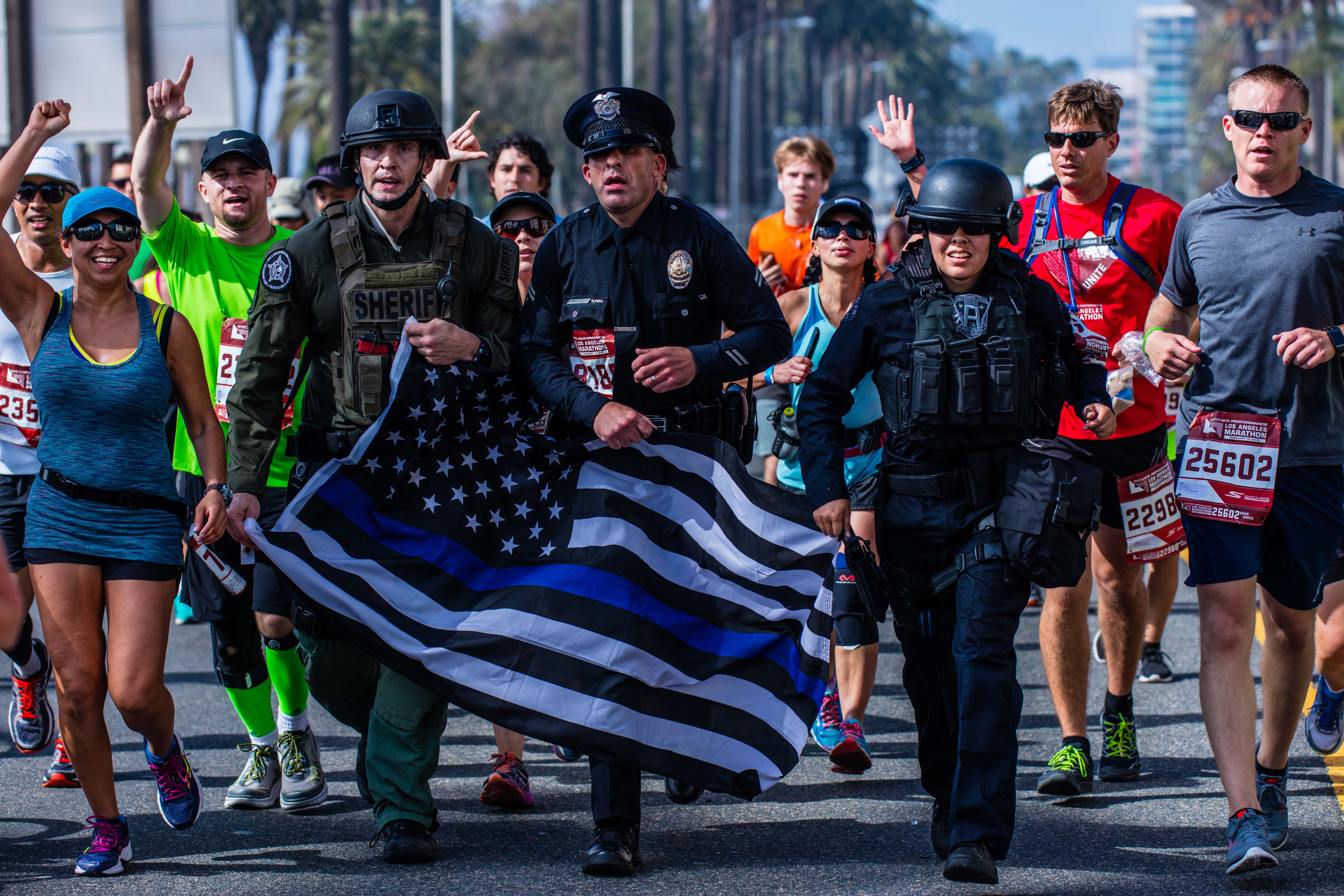Recent Los Angeles Times articles have attacked L.A. police and fire departments for the high cost of workers’ compensation. These articles focus on an audit conducted by the City controller that alleges that the City’s public safety personnel take paid injury leave at significantly higher rates than other public safety employees throughout the state.
These articles consistently fail to include important facts and challenges faced by safety personnel who are injured on duty. First, the Times criticizes the benefits paid at 100 percent of salary that are received by injured safety personnel. The policy is portrayed as archaic, dating back to the Great Depression, and taken advantage of by safety personnel who would rather stay at home with full pay than return to duty. This misinformed view does a disservice to the brave men and women who serve our great City.
Just as when the law was implemented during the Great Depression, full benefits for injured safety personnel incentivizes a single and specific goal: the protection of life and property at all costs. When an officer is injured on duty, he or she is made whole and appreciated by the community because the officer gave his or her all to the community. The men and women of the LAPD accept this as fact, citizens of Los Angeles expect this from police officers, and it is both improper and disheartening to know that the City views its officers with suspicion. While there are those who would abuse this benefit, our culture is not centered on fraudulent and mundane workers’ compensation claims—our culture focuses on serving the community.
The Times’ second error is its failure to address the systematic delay tactics employed by the City in authorizing needed medical treatment. Officers wait months for even the simplest of medical care. This delays recovery and in turn requires unnecessary payment of injury benefits. Nobody wins in this scenario. Not only is there additional cost to taxpayers, but no officer desires to wait months for treatment. No officer prefers the headache and bureaucracy of workers’ compensation over returning to duty. But when treatment is not timely, the choice is to either continue paying benefits or to return the officer back to duty when he or she is not fully healed. This choice puts the officer, his or her fellow officers and the community at unacceptable risk.
Finally, the Times failed to acknowledge that officers in Los Angeles face hardships that officers in other California cities do not experience. Compared to the same period last year, violent crime in Los Angeles has increased 27 percent, shootings increased 31 percent and poverty crime increased 12 percent. To make matters worse, the LAPD is already understaffed by almost 2,000 officers, per capita, when compared to other cities.
The League stands by its officers wholeheartedly. The men and women of the LAPD suffer genuine injuries, and the majority of these injuries receive inadequate or untimely care. The vast majority of officers do not create a culture meant to manipulate the benefits they receive. They seek to recover and get back on duty as soon as possible. The misinformed criticism levied by the Times injures not only the officers it accuses, but the community at large, as treatment and benefits are restricted more and more in the face of scathing media and cost-cutting bureaucrats. The City expects the finest Police Department; our officers deserve the finest benefits in return.
We invite you to share your thoughts by leaving a comment below.











